
What is CAD? Definition, Advantages and Uses Explained


At 3DSourced we’ve covered everything 3D printing and 3D since 2017. Our team has interviewed the most innovative 3D printing experts, tested and reviewed more than 20 of the most popular 3D printers and 3D scanners to give our honest recommendations, and written more than 500 3D printing guides over the last 5 years.
Computer-aided design, more commonly known as CAD, is the use of computers in the design process across a wide range of different industries. It is primarily used to create highly accurate 2D and 3D models, but CAD covers all steps in the design process, from creation and modification to analysis and design.
- We also have a ranking of the best CAD software.
CAD is a vital tool as it improves designers’ productivity, quality, and communications, and it can also be used to create a database for manufacturing. CAD software makes it possible to visualize properties such as height, width, distance, color and material, and also to build entire models for any application.
Architecture, construction, engineering, 3D printing, carpentry, and metal fabrication are just a few of the many industries that use CAD. Computer-aided design and drafted (CADD) is a less commonly used variant of the name.
- We also have a ranking of the best architecture software.
That’s a basic rundown of CAD, but there’s plenty more to learn about this important technique. This guide covers everything you need to know about CAD, including its advantages and disadvantages, how CAD works, and its applications.
What is CAD – the Basics
CAD is used to create precise drawings and models of objects and structures, either in 2D or 3D.
CAD was developed as a more accurate, affordable way for designers, engineers and manufacturers to design, visualize and test models while minimizing the chance of mistakes.
As CAD allows for easy modification, documentation and collaboration, it is a far more precise, efficient and faster method than traditional manual drafting. Today, CAD has replaced manual drafting across a wide range of industries.
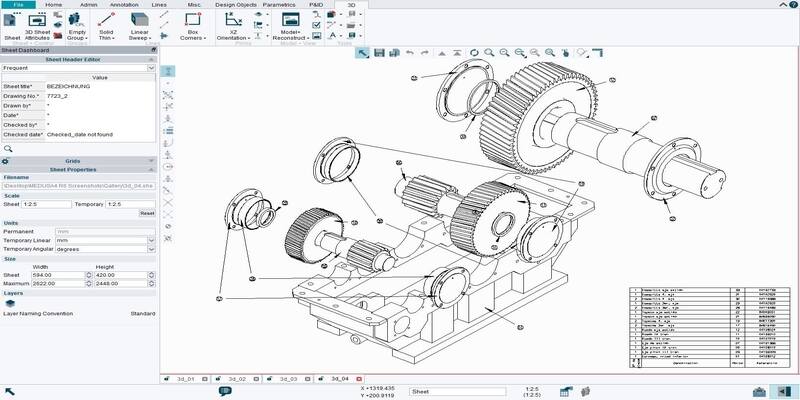
CAD software takes into account how the various materials involved in a project interact, allowing designers to consider every element in a project, from plumbing to electricity. This results in fewer revisions and a more efficient workflow.
Today, CAD software incorporates cloud technology, providing entire teams with instant, remote access to projects. These advantages mean CAD has had a huge impact on architecture, engineering, and construction, among other industries.
There are many types of CAD software out there, and while they all operate differently, all are based on geometry. Every CAD program has X (horizontal), Y (vertical), and Z (depth) coordinates which allow users to create 2D or 3D models. CAD programs typically use either vector-based graphics or raster graphics to represent drawings and models.
As well as expensive paid-for CAD software used by professionals, there are also free programs that are better suited to students and hobbyists. For example, While AutoCAD is the industry leader and is used by professionals across a wide range of sectors, Blender is a high quality free CAD software that is available to anyone.
CAD History
The early origins of CAD can be traced back to the 1940s and 50s, when various developments made in computer software widened the design-related capabilities of early computers. The term “computer-aided design” was coined in 1959 by MIT researcher Douglas T. Ross.
A turning point came in 1963, when computer scientist Ivan Sutherland developed the world’s first computer graphic program, SKETCHPAD. This program allowed people to graphically interact with a computer by drawing directly onto a CRT monitor with a light pen and marked the beginning of CAD software as we know it.
It wasn’t until the 70s when CAD began being used in industry rather than simply for research purposes, as large automotive and aerospace companies began developing their own software. The CAD program CATIA was developed in 1977, and another major milestone came when John Walker founded Autodesk in 1982.
CAD software continued to grow throughout the 80s and 90s, although it remained restricted mostly to larger companies during this time. CAD became more accessible as personal computers rapidly spread in popularity in the late 90s and 2000s, leading to the development of open-source CAD programs that are available to everyone.
2D & 3D CAD
CAD can be used to create both 2D drawings and 3D models. Some CAD software specialize in one or the other, while other programs are capable of producing high quality 2D and 3D designs.
2D CAD models are flat, two-dimensional drawings and provide the information, such as dimensions and layouts, needed to reproduce or build the subject. These 2D models are commonly used in industries such as architecture, civil engineering, automotive, interior design, landscaping, cartography and fashion.
For example, CAD software is used by architects to create floor plans of buildings and houses, and these floor plans contain most of the information that would be needed to construct the inside of the building. As well as floor plans, CAD can be used to create technical drawings and blueprints, piping and instrumentation diagrams, HVAC diagrams, site and plot plans, electrical schematics, and wiring diagrams.
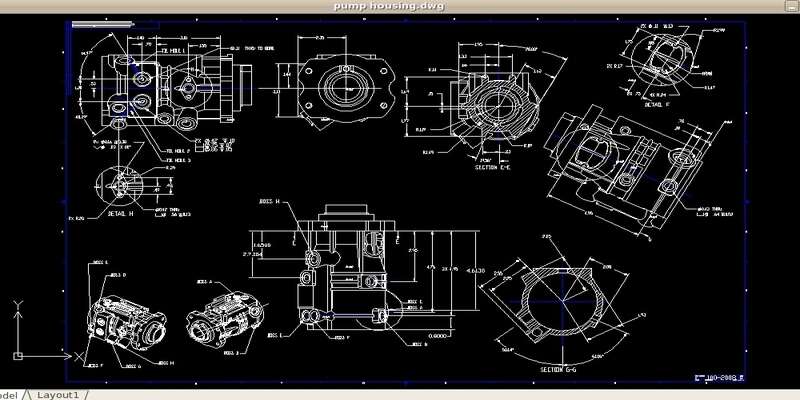
3D CAD models have similar uses to 2D models, but they provide more detail about the individual components and assemblies of physical; objects and structures. So, 3D models better show how subjects fit together and operate. CAD can be used to create 3D models of almost any kind of structure or object, from buildings to aircraft.
These 3D models are therefore used in a wide variety of industries, such as for creating intricate visualizations in the automotive and manufacturing sectors.
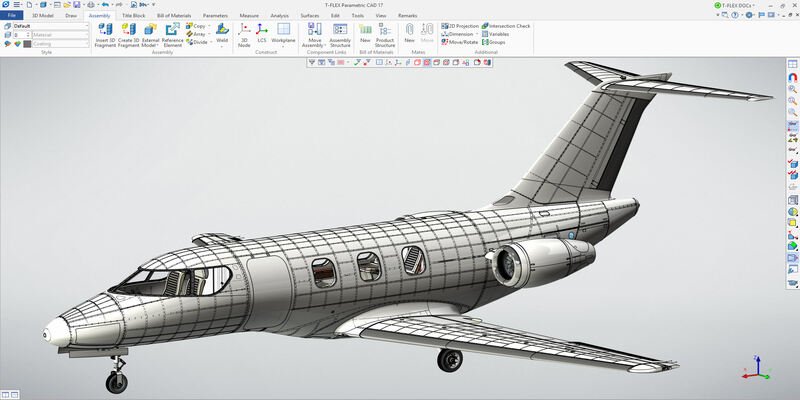
Advantages of CAD
There are a range of benefits that make CAD such a valuable tool across multiple industries. Let’s take a look at the main advantages of CAD.
Accurate, high quality visualizations – The main advantage is that CAD software allows you to visualize designs and projects by creating highly accurate, lifelike 2D and 3D models. It allows for far more accurate designs than physical drawings, making it easy to create complex shapes and surfaces, and it also provides a wide range of tools for creating high quality, visually pleasing drawings and models. This is vital for designers as it allows you to fully test and alter models before bringing your digital design to life in the form of a physical object.
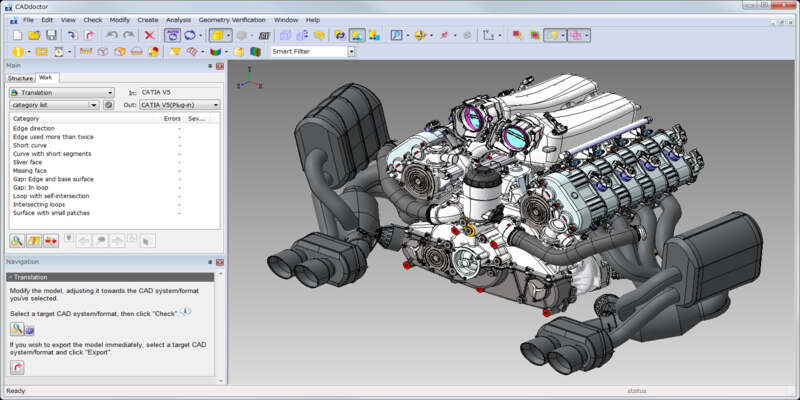
Revisions – CAD allows you to make as many documented changes as you need to your designs in a much easier way than if you were using a pencil and paper. Instead of having to go back to the drawing board if a design doesn’t function as expected, CAD makes it easier to identify errors and solve them before prototypes are made, giving more quality control power and saving both time and money. The best CAD software can even run simulations to test for any problems.
Increased productivity – Designers using CAD can work faster, smarter and cheaper. This is because it removes the need to draw everything by hand, makes for easier edits and allows for accurate testing before developing a prototype. This allows for more efficient work, which in turn means companies can employ less designers, making for an all-round quicker and more affordable design process than traditional methods.
Collaboration – Many designers work as part of a team, so collaboration is key. CAD software makes it incredibly easy to instantly share designs with your colleagues, both in-house and remotely, and each team member can view the design history so that every stage in the process can be worked on collaboratively. Many CAD programs now use cloud technology, so that designs are accessible at all times and don’t even need to be manually shared.
Documentation – CAD software documents every part of the design process, including measurements, angles and dimensions. These properties can be easily reused in future projects, and you can also easily save components and subassemblies for futures designs.
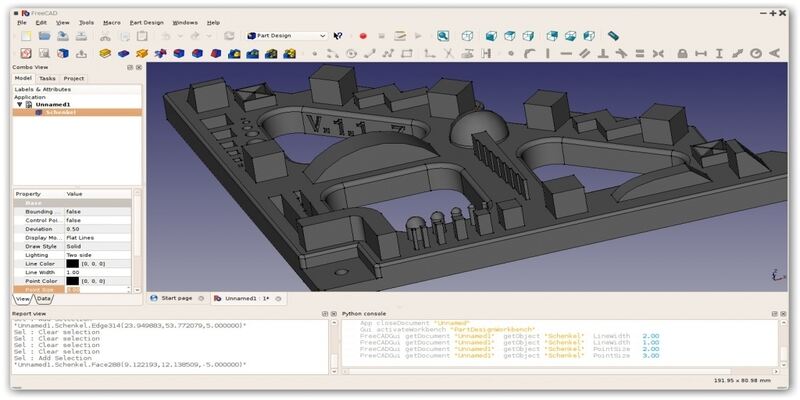
Easier to understand – 3D models can be much easier to understand and comprehend than complex physical sketches. Whereas physical sketches require plan, elevation and side views, CAD software can easily create standardized, organized models and drawings that are easy to understand even to colleagues without a background in design or engineering. This also means that CAD models can be used in marketing and sales pitches to clients as they look impressive and clearly demonstrate the aesthetics and functions of a design.
Realization – As well as improving the design process, using CAD can also accelerate the manufacturing process. By using compatible computer-aided manufacturing (CAM) software, you can easily check the tool paths for CNC machining and input the files in the machines. CAM software creates the required machine code for production based just off the CAD model, providing a much more efficient method than traditional manufacturing processes.
Specialization – CAD is used across a wide variety of industries, and there are specialized programs for almost every sector. This makes it a widely applicable technique.
Disadvantages of CAD
While there are many benefits of using CAD, it isn’t without limitations:
Price – The best CAD software can be costly – thousands of dollars in some cases. This isn’t a problem for companies that are able to save on the cost of the additional team members that would be needed without CAD, but it does mean the best software may not be accessible to beginners and hobbyists.
Hardware – High quality CAD and CAM programs typically require powerful hardware for optimal performance. Again, while this isn’t a problem for larger companies, this expensive hardware isn’t always accessible for individual designers using CAD.
What is CAD Used For?
We’ve already touched on some of the many applications of CAD, but now let’s take a more detailed look at some of the most common and significant uses of CAD software.
Architecture
Architecture is heavily reliant on the creation of complex yet highly accurate drawings and models, so CAD is an invaluable tool to architects. CAD is also useful to architects as certain software, like Revit and ArchiCAD, use BIM workflows to improve productivity. BIM (building information modeling) is a 3D model-based process that allows for more efficient design and construction in architecture projects by incorporating intelligent automation and collaboration tools.
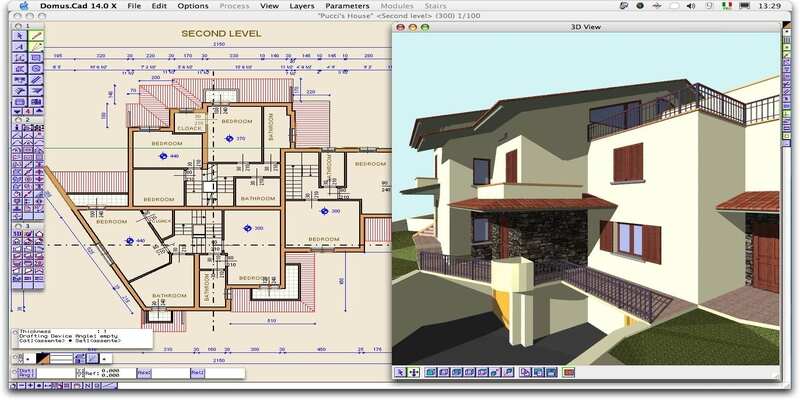
Engineering
CAD is a valuable tool to engineers as it allows them to perfect their designs before building prototypes, and they can also simulate designs to test stress levels, fluid flows and tolerances of projects, among other factors.
It’s used across a wide range of engineering fields, including buildings, infrastructure, telecommunications networks, electrical circuits, thermodynamics and mechanical parts. Like in architecture, engineers use BIM CAD software to help improve structural fabrication, minimize errors and streamline collaboration.
Product Design
CAD software such as Inventor and Fusion 360 help industrial product designers both visualize objects and understand how they will function. For example, CAD is used in car design to conceptualize and render automotive designs.
Graphic Design
Similarly, 2D and 3D CAD software is used by professional graphic designers to create visualizations, as well as add effects, shapes, typography and backgrounds to their visuals.
Construction
In construction, CAD software can be used to simplify blueprints and provide uniform measurements, as well as making adjustments when the project is in process. It can also digitize construction sites and link project information from design to construction.
- We also have a feature story on 3D printing in construction.
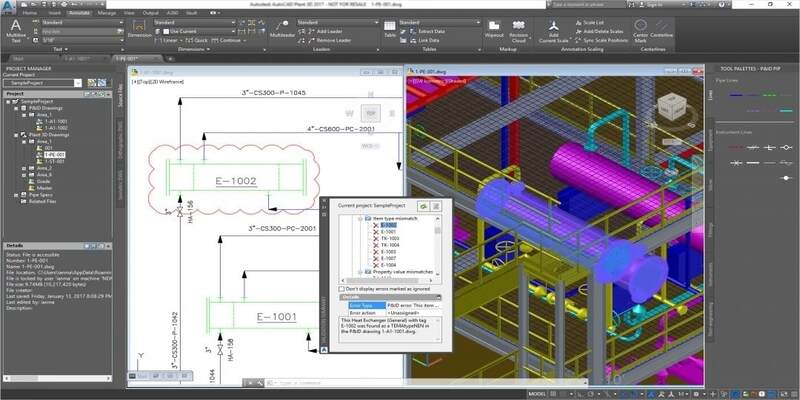
Other Applications
CAD is also used for the visualization and design of products in a wide variety of other sectors, including city planning, animation, metal fabrication, carpentry, fashion, interior design, game design and manufacturing.
- We also have a ranking of the best animation software.
Manufacturing from CAD
While CAD is used in the design process, it can’t be used to actually create physical objects and structures. For that, you need to use a computer-aided manufacturing (CAM) program along with a manufacturing machine.
CAM uses numeric control software and encodes automated instructions for a machine, such as a 3D printer, CNC router or laser cutter. The best results are achieved when both CAD and CAM are used together, as they provide much more control over the entire process from conceptualization through to realization.
Using CAD
As we’ve previously covered, the availability of high quality free CAD programs means that it’s available to everyone, regardless of budget. That being said, there are a few things you should consider before getting started with CAD yourself.
Firstly, you’ll want to check the number of cores and threads your computer processor has. Some CAD software are best used on processors with multiple cores, while other programs can’t handle them, so knowing this will help you find the best CAD tool for you.
You’ll also want to make sure that you have sufficient random-access memory (RAM) so that you’ll be able to multitask efficiently, like rendering or working with multiple programs at the same time. You should also check that you have a sufficient graphics processing unit (GPU). Your computer’s graphic card is what makes CAD visualization possible, so having a high quality card like a Nvidia or AMD will help you get the most out of your CAD program.
Finally, remember that not all CAD programs are compatible with all operating systems. While some run on Windows, others are only available on Mac, and not every CAD software is available on mobile operating systems.
What is CAD? Conclusion
CAD refers to the use of computers in the design process of objects, structures and buildings. It’s primarily used to create highly accurate 2D drawings and 3D models, but it covers every step in the design process, from conceptualization to testing.
CAD has a wide range of advantages, including high accuracy, unlimited revisions and increased collaboration, that make it valuable to professionals across a wide range of industries, particularly architecture, engineering and construction. There are both paid and free CAD software available, meaning it’s accessible to beginners and hobbyists.
CAD is constantly evolving, with every new version of a particular software bringing new updates and features. Both free and paid programs are becoming more powerful each year, and some tools, such as Autodesk’s Dreamcatcher, are even incorporating AI to further improve the quality and efficiency of the design process. As CAD programs become more advanced, they will open up more possibilities to designers and engineers and become even more important to an ever increasing range of industries.




















